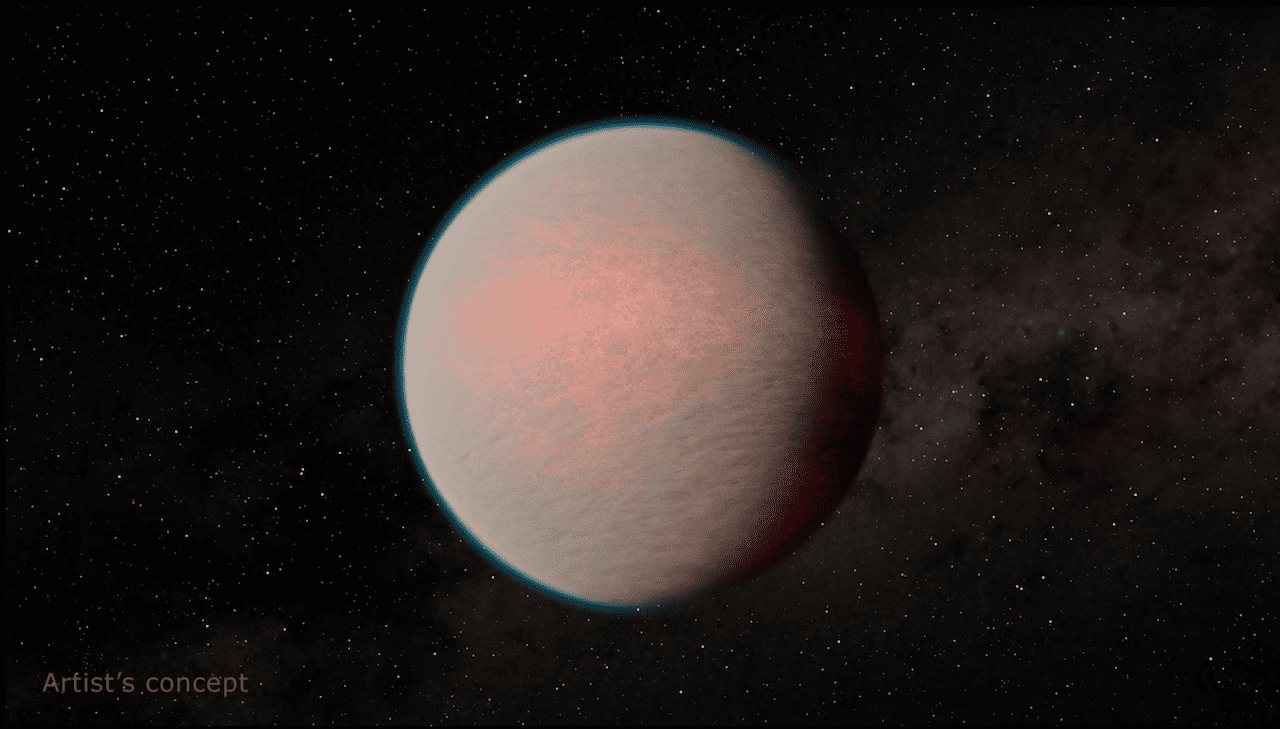This article introduces 10 mysterious planets that have the potential to host extraterrestrial life. The first planet mentioned is Gliese 581g, which is located within the habitable zone and has the potential to hold liquid water. Kepler-452b, known as Earth’s “cousin,” shares similarities with our own planet and also resides in a habitable zone. Proxima Centauri b, located in the nearest star system to our Sun, is another intriguing candidate for extraterrestrial life. TRAPPIST-1e, Kepler-22b, Wolf 1061c, LHS 1140b, HD 40307g, Gliese 667Cc, and K2-18b are the other planets mentioned, each with its own unique characteristics and potential habitability.
10 Mysterious Planets That Could Host Extraterrestrial Life
1. Gliese 581g
Gliese 581g has long fascinated scientists due to its location within the habitable zone of its star, Gliese 581. With its potential to hold liquid water, this planet has garnered immense interest as a potential host for extraterrestrial life.
2. Kepler-452b
Known as Earth’s “cousin,” Kepler-452b shares many similarities with our own planet. Located in a habitable zone, it boasts a similar size and receives a comparable amount of sunlight. These factors make it a planet with the potential for supporting life.
3. Proxima Centauri b
Proxima Centauri b lies within the nearest star system to our Sun, making it an intriguing candidate for extraterrestrial life. Despite its close proximity, scientists are still uncovering the mysteries surrounding this planet and its potential habitability.
4. TRAPPIST-1e
TRAPPIST-1e is part of a system of planets surrounding the ultra-cool dwarf star TRAPPIST-1. Located within the habitable zone, its characteristics make it an alluring prospect for hosting life as we know it.
5. Kepler-22b
Kepler-22b was one of the first exoplanets discovered within the habitable zone of a star similar to our Sun. With its potential for liquid water and a slightly larger size than Earth, it represents a thrilling possibility for extraterrestrial life.
6. Wolf 1061c
Wolf 1061c orbits a red dwarf star, providing it with potentially stable conditions for hosting water. Its relatively close proximity to our solar system makes it an enticing target for further exploration regarding the possibility of extraterrestrial life.
7. LHS 1140b
Discovered in 2017, LHS 1140b orbits a small, faint red dwarf star. Its size and location within the habitable zone suggest conditions suitable for liquid water, which is considered a vital ingredient for the existence of life.
8. HD 40307g
HD 40307g is a super-Earth located within the habitable zone of its star. With its favorable conditions and a relatively short distance from Earth, astronomers are excited about the prospects of this planet potentially hosting extraterrestrial life.
9. Gliese 667Cc
Gliese 667Cc is part of a triple star system, and its location within the habitable zone raises the possibility of it being capable of supporting carbon-based life. Its existence has expanded our understanding of planetary systems and their potential habitability.
10. K2-18b
K2-18b, discovered by NASA’s Kepler spacecraft, is located within the habitable zone of its star. Additional observations have indicated the presence of water vapor in its atmosphere, further increasing the likelihood that this distant planet could potentially harbor alien life.
